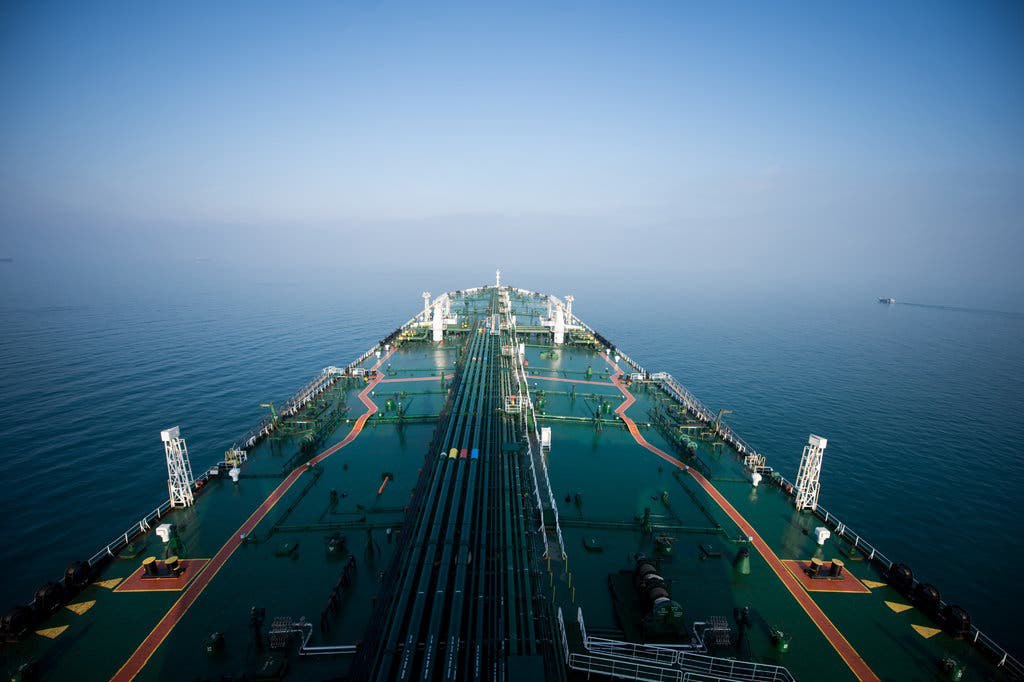An industry source with knowledge of the matter told Reuters on Wednesday that Iran had set its crude oil price $2 a barrel above the Oman/Dubai average for March, 20 cents higher from the previous month.
The raise comes as optimism over Chinese demand. Analysts expect China’s oil imports to hit a record high in 2023 to meet increased demand for transportation fuel and as new refineries come on stream.
The mark is also watching the fallout from Russia’s plans to cut oil production by 500,000 barrels per day (bpd), equating to about 5% of its output, in March after the West imposed price caps on Russian oil and oil products.
Russia is part of the OPEC+ producer group comprising the Organization of the Petroleum Exporting Countries (OPEC) and allies, which agreed in October to cut oil production targets by 2 million bpd until the end of 2023.
A Feb. 19 note by Goldman Sachs analysts said future oil supply shortages are likely to drive prices toward $100 a barrel by the end of the year.
On Monday, oil prices rose over 1%, with Brent crude settling up $1.07 at $84.07 a barrel. US West Texas Intermediate crude (WTI) for March rose 85 cents at $77.19.
China is the biggest importer of Iranian crude, supported by a fleet of as many as 180 elderly tankers.
On Tuesday, Government spokesman Ehsan Khandouzi said one of the most immediate achievements of President Ebrahim Raeisi’s visit to China this month was ensuring China’s energy security and guaranteeing energy markets for Iran, which will positively impact the Iranian economy.
Khandouzi added the two sides finalized agreements on eight projects to be implemented Iran. The spokesman refused to provide further details due to a mutual confidentiality agreement signed between the two sides.
The majority of trade exchanges with China is carried out in yuan, Khandouzi said, adding Beijing has welcome the use of local currencies instead of dollars and euros.
